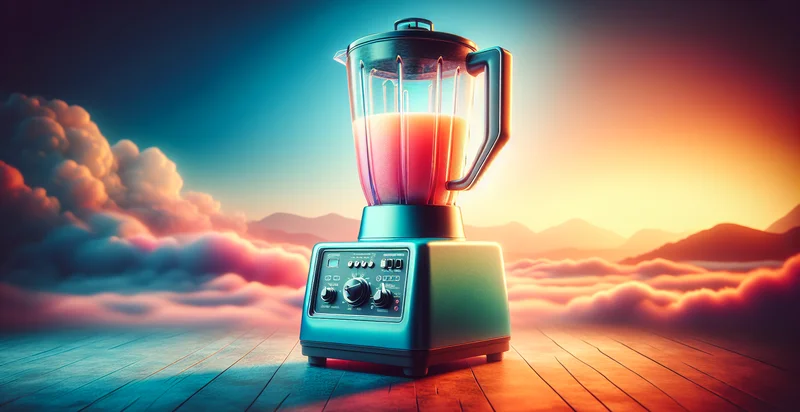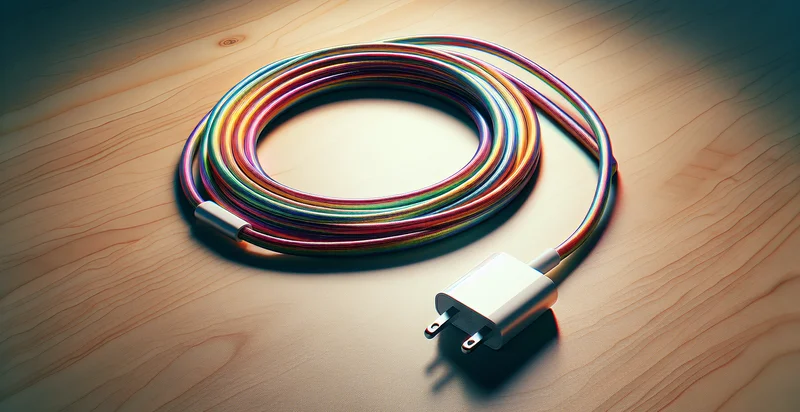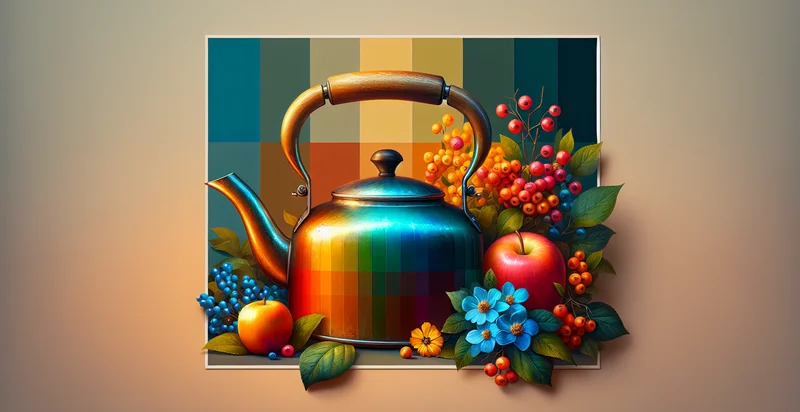Identify the color of a blender
using AI
Below is a free classifier to identify the color of a blender. Just upload your image, and our AI will predict what color the blender is - in just seconds.

Contact us for API access
Or, use Nyckel to build highly-accurate custom classifiers in just minutes. No PhD required.
Get started
import nyckel
credentials = nyckel.Credentials("YOUR_CLIENT_ID", "YOUR_CLIENT_SECRET")
nyckel.invoke("the-color-of-a-blender", "your_image_url", credentials)
fetch('https://www.nyckel.com/v1/functions/the-color-of-a-blender/invoke', {
method: 'POST',
headers: {
'Authorization': 'Bearer ' + 'YOUR_BEARER_TOKEN',
'Content-Type': 'application/json',
},
body: JSON.stringify(
{"data": "your_image_url"}
)
})
.then(response => response.json())
.then(data => console.log(data));
curl -X POST \
-H "Content-Type: application/json" \
-H "Authorization: Bearer YOUR_BEARER_TOKEN" \
-d '{"data": "your_image_url"}' \
https://www.nyckel.com/v1/functions/the-color-of-a-blender/invoke
How this classifier works
To start, upload your image. Our AI tool will then predict what color the blender is.
This pretrained image model uses a Nyckel-created dataset and has 19 labels, including Black, Blue, Brown, Gray, Green, Matte Black, Matte White, Metallic, Multi-Color and Orange.
We'll also show a confidence score (the higher the number, the more confident the AI model is around what color the blender is).
Whether you're just curious or building the color of a blender detection into your application, we hope our classifier proves helpful.
Related Classifiers
Need to identify the color of a blender at scale?
Get API or Zapier access to this classifier for free. It's perfect for:
- Inventory Management: This function can help businesses in managing their inventory by automatically identifying the color of blenders in stock. This will streamline stock-taking processes and reduce human errors related to color classification.
- E-commerce Product Categorization: Online retailers can utilize this function to categorize blenders based on color. This will enhance the shopping experience, allowing customers to filter products by color preference, thereby improving sales conversion rates.
- Quality Control: Manufacturers can implement the color identification feature during quality assurance phases. It can ensure that products meet color specifications and help detect any anomalies in the production line that could affect branding.
- Marketing Analytics: By analyzing the color preferences of customers when choosing blenders, companies can tailor their marketing strategies. This data can help in designing targeted advertising campaigns that resonate with consumer preferences.
- Customer Support: When customers inquire about specific blender color options, this function can provide fast and accurate responses. It can help in addressing customer queries more efficiently, improving service satisfaction.
- Competitive Analysis: Businesses can leverage this function to analyze competitors' product color offerings. Understanding the color trends in the market can enable companies to adjust their designs and marketing strategies accordingly.
- Manufacturing Customization: Clients seeking customized blenders can benefit from this function, as it can simplify the selection process by identifying and confirming desired colors. This improves customer engagement and enhances the overall product experience.


